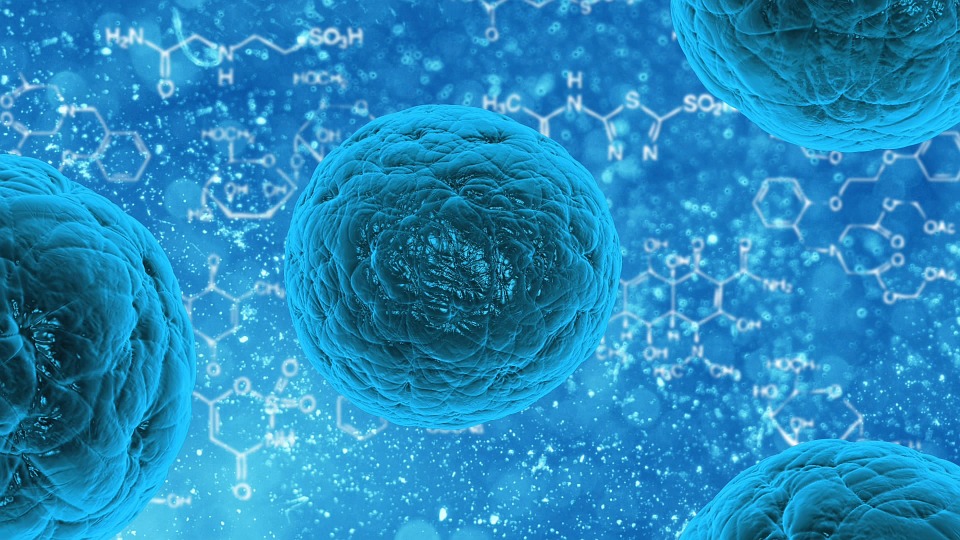Therapy shown to relieve extreme pain in mice; now moving towards human trials

Researchers at the University of Sydney have used human stem cells to make pain-killing neurons that provide lasting relief in mice, without side effects, in a single treatment.
The next step is to perform extensive safety tests in rodents and pigs, and then move to human patients suffering chronic pain within the next five years.
If the tests are successful in humans, it could be a major breakthrough in the development of new non-opioid, non-addictive pain management strategies for patients, the researchers said.
“We are already moving towards testing in humans,” said Associate Professor Greg Neely, a leader in pain research at the Charles Perkins Centre and the School of Life and Environmental Sciences.
“Nerve injury can lead to devastating neuropathic pain and for the majority of patients there are no effective therapies. This breakthrough means for some of these patients, we could make pain-killing transplants from their own cells, and the cells can then reverse the underlying cause of pain.”
Published today in the peer-reviewed journal Pain, the team used human induced pluripotent stem cells (iPSC) derived from bone marrow to make pain-killing cells in the lab, then put them into the spinal cord of mice with serious neuropathic pain. The development of iPSC won a Nobel Prize in 2012.
“Remarkably, the stem-cell neurons promoted lasting pain relief without side effects,” co-senior author Dr Leslie Caron said. “It means transplant therapy could be an effective and long-lasting treatment for neuropathic pain. It is very exciting.”
John Manion, a PhD student and lead author of the paper said: “Because we can pick where we put our pain-killing neurons, we can target only the parts of the body that are in pain. This means our approach can have fewer side effects.”
The stem cells used were derived from adult blood samples.
The total cost of chronic pain in Australia in 2018 was estimated to be $139.3 billion.